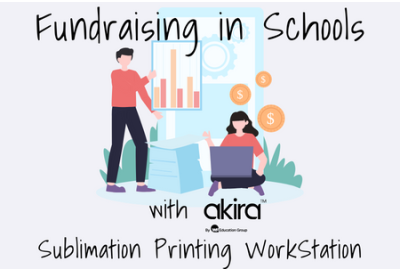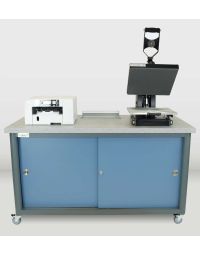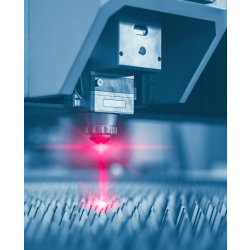

Think – Sustainability! 4 Reasons Why Sublimation Printing is an eco-friendly digital printing practice for schools.
What is sublimation printing?
Sublimation printing is a technique that uses special ink and presses to transfer dye onto various materials like fabrics, ceramics, aluminium sheets, and more.
How does it work?
First, images are printed on a special paper using sublimation ink; next with the use of high temperature heat press – a pattern or image is applied to surfaces, heat turns sublimation ink from a solid to a gas state, this in turn enters the pores of the paper and fuses with the fibres, and bonds with it permanently.
What makes sublimation a sustainable choice?
Sublimation printing is quick, beginner-friendly, accessible, affordable and unlike traditional printing techniques is considered to have a positive impact on the environment.
Here are some bold reasons why it should be an educators’ choice to support environmentally friendly technique in schools:
Low waste
Sublimation printing involves a heat press to transfer dye directly onto a substrate, a small amount of dye is distributed precisely to the desired area, which supports minimal waste. Traditional screen printing requires larger amounts of ink and substrate.
Energy efficient
The printing process does not require the use of harsh chemicals or excessive temperatures. Engineered to heat the substrate and dye quickly and evenly reduces the need for energy to be used for extended periods of time, making energy consumption low.
Print durability
Sublimation printing helps create high-quality, long-lasting designs thanks to the permanent bond between the ink and the materials, which means that the prints are resistant to fading and wear. This helps reduce the need for reprints and waste.
No water usage
The process of sublimation printing does not require water for the printing process. Dyes are converted from solid to gas thorough heat and pressure, going past the liquid stage and in turn contributing to sustainable printing practices.


Sublimation printing offers numerous advantages, including reducing waste generation and resource consumption. Schools can demonstrate their commitment to sustainability and appeal to an environmentally conscious educational setting by considering the environmental impact of the products they purchase.














